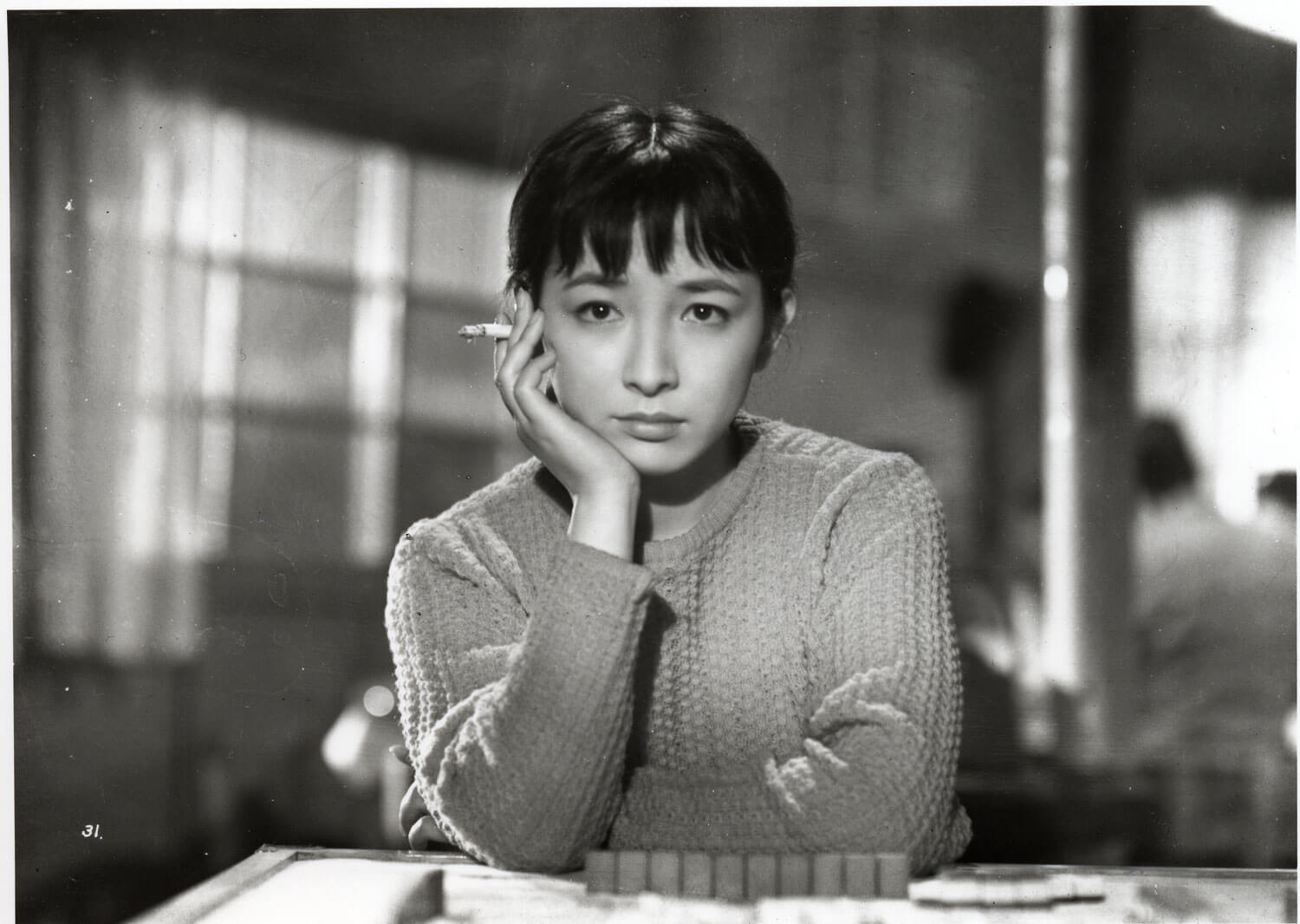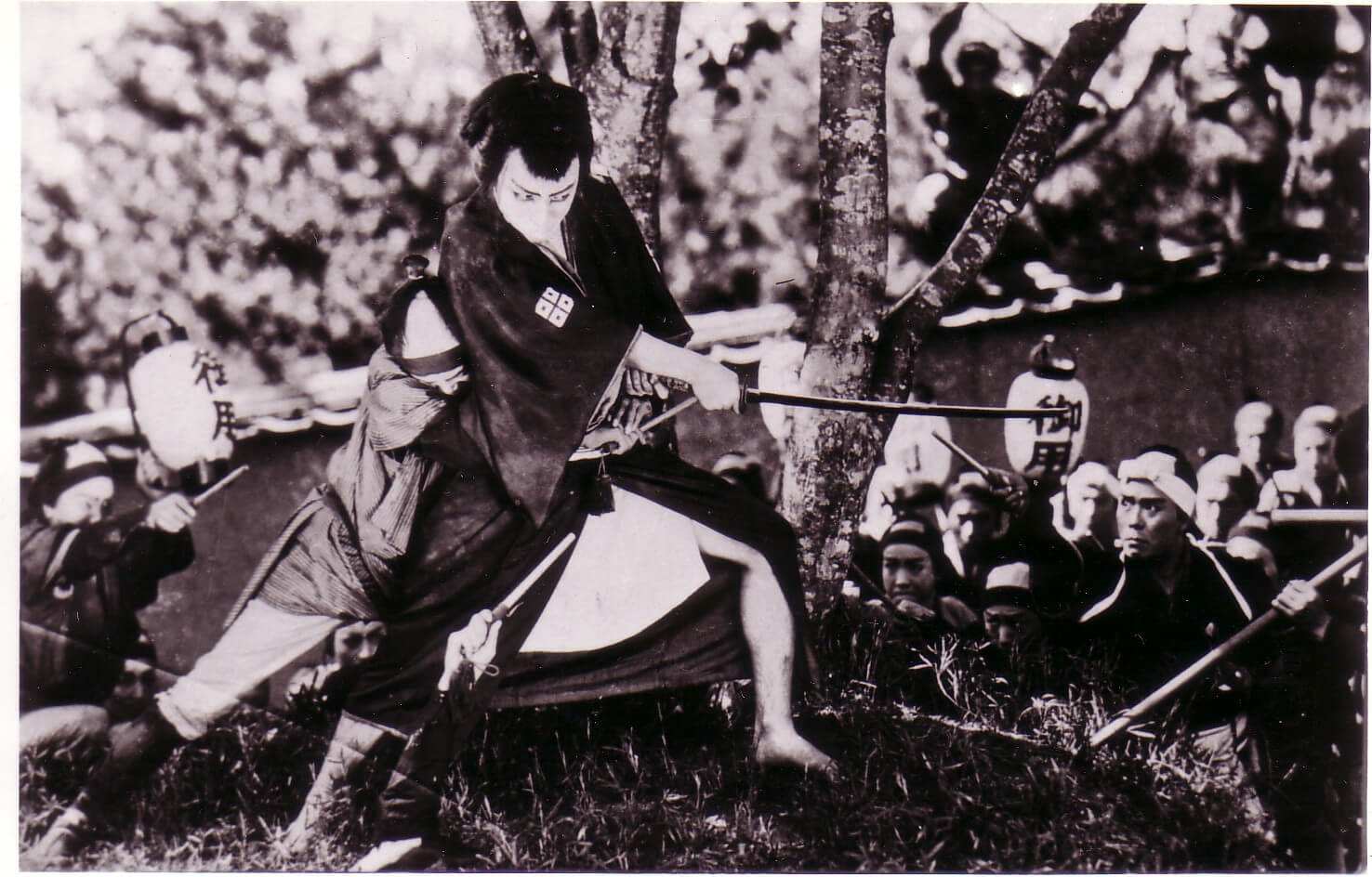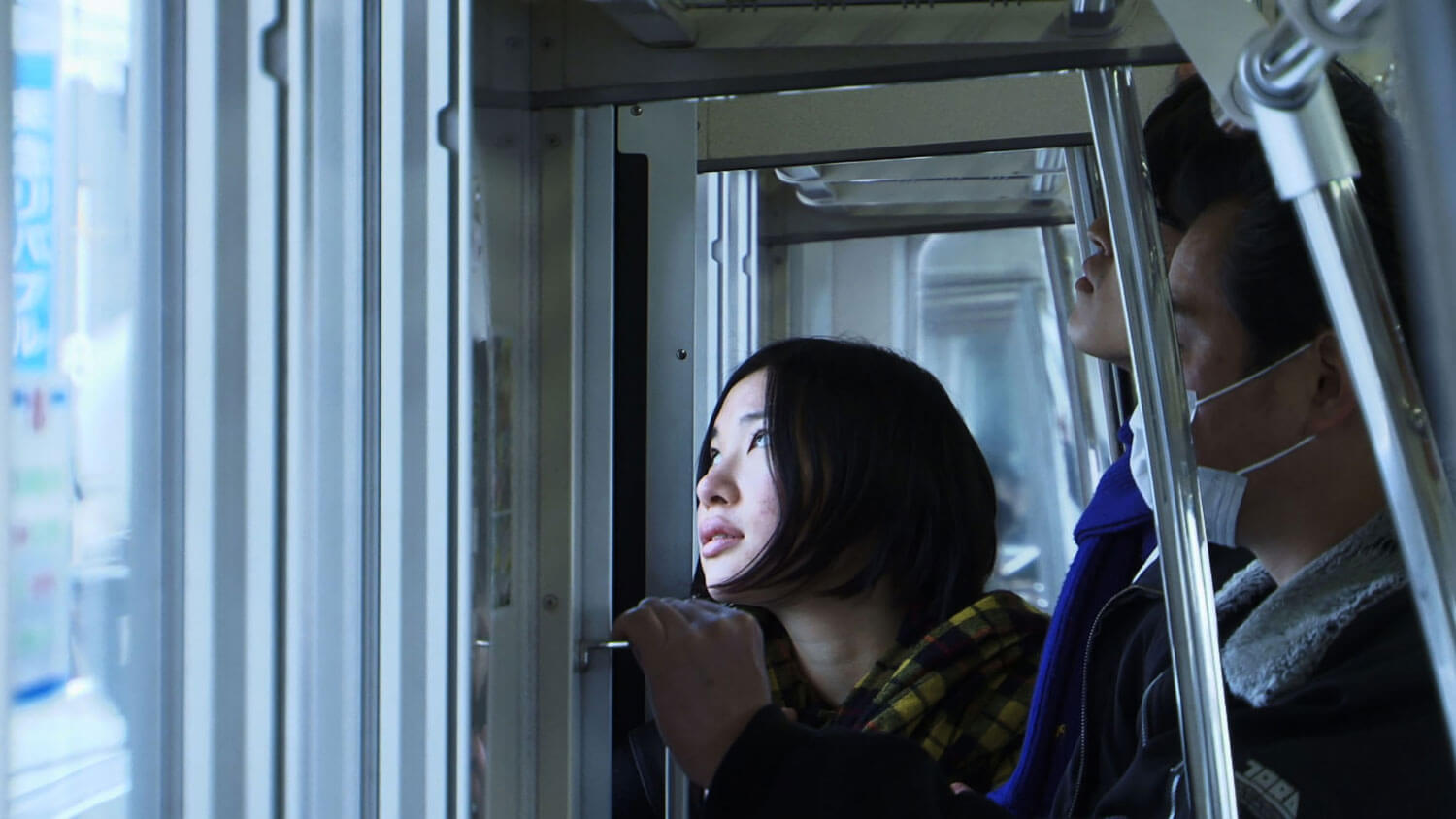In Paris, 100 Years of Japanese Cinema in 119 Films
The retrospective presented in the 'Japonismes 2018' season included founding works in modern Japanese cinema.

Yasujiro Ozu, Crépuscule à Tokyo, ©1957/2017 Shochiku Co., Ltd
Chronologically divided into three periods, the event retraced the history of Japanese cinema from 1920 to 2018 through 119 films selected by a jury of Franco-Japanese specialists. During the first period, 27 films from 1920 to 1940 were shown at the Cinemathéque française from September to October 2018. In the next session, from November 2018 until February 2019, the Maison de la culture du Japon in Paris and the Cinémathèque hosted around 50 films from the post-war period until the 2000s. with the aim of depicting the emergence of Japanese cinema to the beginning of its golden age. Finally, from February until March 2019, the final round saw a number of contemporary directors take to the screens with 37 films including Our Little Sister by Hirokazu Kore-Eda and Your Name by Makoto Shinkai.

Buntaro Futagawa, Orochi, 1925 ©Matsuda Film Productions

Les amants crucifiés, Kenji Mizoguchi, ©KADAKOWA CORPORATION 1954

©karatsu film partners/PSC2017
Japonismes 2018
japonismes.org/fr/officialprograms/日本映画の100年TRENDING
-
The Tattoos that Marked the Criminals of the Edo Period
Traditional tattoos were strong signifiers; murderers had head tattoos, while theft might result in an arm tattoo.

-
Paris, Tokyo: Robert Compagnon
With his co-chef and talented wife, Jessica Yang, Robert Compagnon opened one of the top new restaurants in Paris: Le Rigmarole.
 3:31
3:31 -
Chiharu Shiota, Red Threads of the Soul
Last year, more than 660,000 people visited the retrospective 'Chiharu Shiota: The Soul Trembles' exhibit at the Mori Art Museum.

-
‘Before Doubting Others, Doubt Yourself. Who Can Truly Say a Dish Isn’t What It Used to Be?’
In ‘A Non-Conformist’s Guide to Surviving Society’, author Satoshi Ogawa shares his strategies for navigating everyday life.

-
The Story of Sada Yacco, the Geisha who Bewitched Europe
Described by Dazed magazine as the first beauty influencer, she has been restored to her former glory since 2019.





